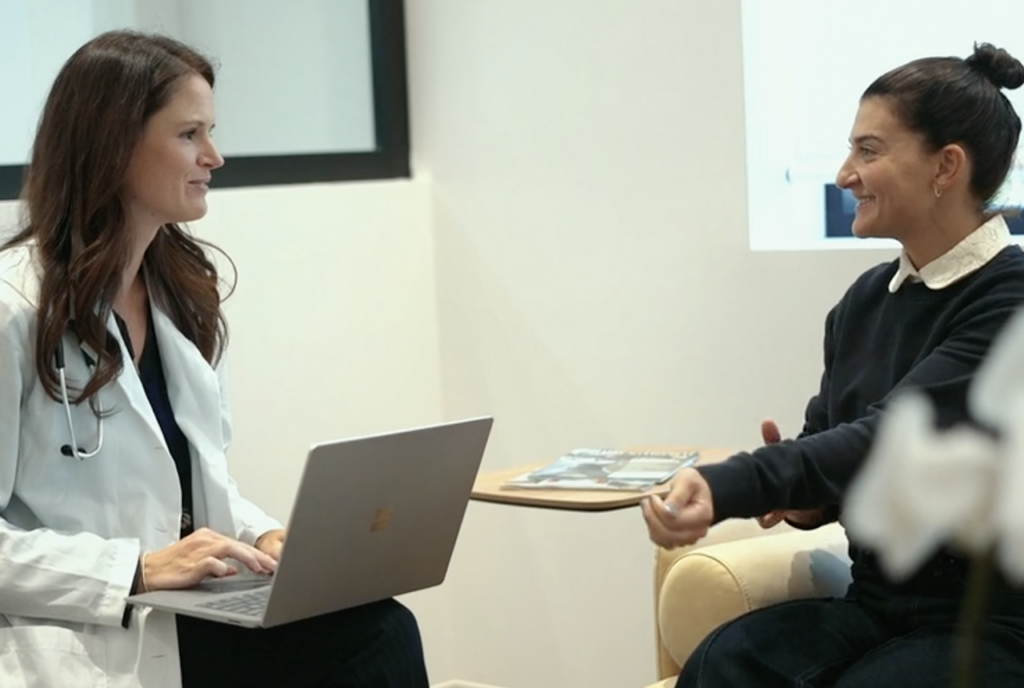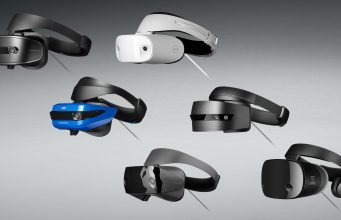Closing the EHR Gap: Patient Communication as a Bridge in a Fragmented Healthcare System
For decades, the Electronic Health Record (EHR) has been the backbone of the healthcare tech stack. And that’s for good reason. The digitization that EHRs provide has transformed how hospitals and health systems interact with clinical data, as well as how they talk to patients. But the EHR isn’t a monolith. In 2025, we find ... Read More


For decades, the Electronic Health Record (EHR) has been the backbone of the healthcare tech stack. And that’s for good reason. The digitization that EHRs provide has transformed how hospitals and health systems interact with clinical data, as well as how they talk to patients.
But the EHR isn’t a monolith. In 2025, we find ourselves in a healthcare environment that puts new value on patient centricity and value-based care. As healthcare leaders continue to adapt, they continue to recognize a stark reality: the central EHR simply can’t accommodate the needs of a digitally native patient population.
While EHRs excel at capturing clinical data, they lag when it comes to patient-centric communication. Gaps in timely, clear, and actionable information can cause patients to feel as though they are passive recipients of their care, spectators rather than participants. What’s more, the downstream impact can be considerable and pervasive, ranging from lower patient engagement and poor adherence to care plans to higher readmission rates and worse health outcomes.
Meanwhile, care teams are overwhelmed. Doctors and nurses are sometimes spending more time interacting with a computer screen than with their patients. In fact, in one recent study, primary care physicians were spending an average of 36 minutes on the EHR for every 30-minute appointment. The more time doctors spend charting, the less time they have to effectively communicate with patients and make them feel truly involved in their own care.
The good news? Healthcare leaders don’t need to ditch the EHR—or even overhaul much of anything—to solve this problem. Instead, they just need to ensure that they have a robust communication and engagement layer that sits atop their systems of record. Leading hospitals and healthcare systems have looked to augment EHRs with dynamic and dedicated patient communications solutions that fill critical communication gaps, making healthcare more accessible, proactive, and patient-driven.
Enhancing EHRs with Patient Communications Solutions
Putting patients at the center of their care means putting them in control. And that comes through easy, always-on access to information, as well as proactive outreach that happens at the right moment in the patient journey. It comes through patient communication programs that are immediate, personalized, and actionable:
- Automated, proactive, and personalized outreach: Every patient is unique. They have a singular health profile, a unique set of demographic circumstances, and, importantly, their own set of unique, personal preferences. A robust patient communication layer that’s fully integrated to systems of record can deliver tailored messages based on a patient’s condition, treatment plan, and communication preferences—at the exact right moment in the patient journey. That means that patients get the right reminders, pre-visit instructions, and follow-up care plans based on their unique health needs, without manual intervention from frontline staff.
- Multi-channel accessibility: Not every patient checks their email. Not every patient is comfortable navigating a portal. Effective patient engagement meets people where they are. By leveraging the channels that patients use—whether that’s SMS, phone calls, emails, or web survey—healthcare providers can better ensure that critical information reaches its target.
- Two-way, real-time communication: Traditional EHR workflows often treat patient communication as a one-way street—information is recorded, but rarely used for real-time, interactive engagement. Dynamic communications—and critically, self-service options—flip this dynamic, putting more power in patients’ hands. When patients are in better control, they’re better able to confirm appointments, report concerns, ask follow-up questions, and receive timely responses from their care teams, without even having to wait for their healthcare provider to initiate the interaction. When patients feel heard, they are more likely to stay engaged.
Why Better Patient Communication is an Operational Imperative
At the end of the day, an engaged patient is a healthier patient. A raft of studies has shown the impact of effective patient communication in empowering patients who are more likely to comply with care plans, more likely to get timely screenings, less likely to be readmitted, and less likely to engage in unhealthy behaviors. Benefits include:
- Better patient outcomes: Reduced readmissions: Proactive outreach and follow-up communications ensure patients adhere to care plans, avoid unnecessary visits to the hospital, and have a channel to engage should a complication arise.
- Enhanced provider efficiency: By automating routine communications, engagement platforms reduce the administrative workload for clinicians, allowing them to focus on high-value patient interactions.
- Higher patient satisfaction: When patients feel informed and supported throughout their care journey, they report greater satisfaction with their healthcare experience, fostering long-term loyalty.
How a Communication Layer Fundamentally Improves the EHR
This isn’t just about bridging the EHR communication gap. In reality, patient-centered communications help make EHRs better, more valuable, more actionable, more informed with real-time data, and more aligned with a modern set of healthcare needs.
Crucially, patient communications is a vital source of data. So much of the information that affects a patient’s health exists outside of their clinical record and outside of the four walls of the hospital. Patient communications can capture important contextual and conversational data points about how patients are feeling post-discharge, whether they’re adhering to medications, or even what kind of food they dislike or if they have any preferences about hospital room stays. A patient engagement layer captures this real-world data and feeds it back into the EHR, providing care teams with a more complete and actionable patient record, while enabling personalization down the road.
The Future of Patient Engagement Starts Here
EHRs were never built for real-time patient engagement. As healthcare shifts toward a more patient-centered model, hospitals must go beyond the patient record. They must enable proactive, personalized communication. A dedicated communication layer does more than just fill gaps. It makes the EHR more actionable, improves outcomes, reduces provider burdens, and strengthens patient relationships. The future of healthcare hinges upon connection—and upon delivering the right information, at the right time, in the right way.
About Suzie Sfarra
Suzie Sfarra brings over 15 years of product leadership to her role as Chief Product Officer at CipherHealth, with a proven track record of driving innovation and scaling B2B SaaS solutions. In this role, she is instrumental in shaping product strategies that contribute to revenue growth, operational excellence, and enhanced customer engagement. Suzie will continue to identify opportunities to develop AI-driven capabilities and foster strategic partnerships that enhance patient care and engagement across CipherHealth’s portfolio.
Prior to joining CipherHealth, Suzie held leadership roles at Gain Theory and CBORD, where she accelerated product delivery and expanded market leadership through innovative solutions and strategic roadmap execution. Suzie’s experience includes aligning digital solutions with healthcare systems’ strategic priorities to improve patient care and operational workflows within enterprise health systems.






















































































































































